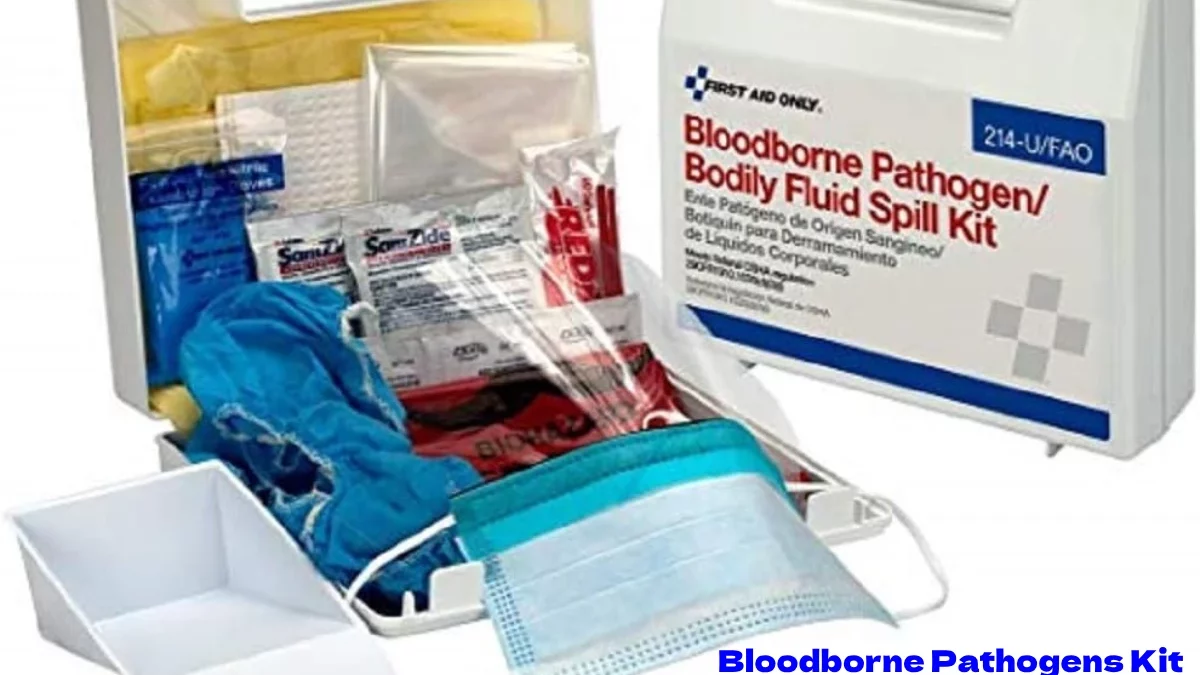A bloodborne pathogens kit is an essential item to have in any workplace that may come into contact with potentially infectious materials. These can include hospitals, laboratories, and even tattoo parlors. To protect yourself and others from exposure to dangerous diseases. This includes HIV, hepatitis B and C, or Ebola.
It’s important to know how to properly use and maintain your bloodborne pathogens kit. In this guide, we’ll go over the basic guidelines for handling your kit.
Table of Contents
Ensure Proper Certification
Before using a bloodborne pathogens kit, proper certification is crucial. This entails completing a training course on preventing infectious disease transmission. It also includes the proper use of PPE, kit handling guidelines, and proper handling of contaminated materials.
Certification courses can be taken online, such as the one offered at https://cprcertificationnow.com/products/bloodborne-pathogens-certification. It is also available in person through organizations.
This includes the American Red Cross and the American Heart Association. It’s important to make sure that your certification is up-to-date, as guidelines and procedures may change over time.
Understand the Contents of the Kit
It’s important to get to know the things in your bloodborne pathogens kit once you have the right certification. These kits may come with gloves, face masks, and biohazard bags for throwing away contaminated things. Before you use the kit, make sure that everything is there and in good shape.
Wear Personal Protective Equipment (PPE)
Always wear the appropriate PPE when in contact with bloodborne pathogens and other infectious materials. This includes gloves, face masks, and protective eyewear.
Handle Sharp Objects Safely
Sharp objects should be disposed of in a puncture-proof container immediately after use. This includes needles and scalpels. Never recap or bend sharps before disposal.
Proper Disposal of Contaminated Materials
All materials that have come into contact with blood or other infectious substances must be disposed of in biohazard bags. These bags should be sealed and labeled before disposal.
Clean and Disinfect
After using the kit, it’s important to clean and disinfect any non-disposable items. This can include wiping down surfaces with a disinfectant solution. You should also soak reusable equipment in a disinfecting solution.
Proper Storage
Bloodborne pathogens kits should be stored in a designated area. This area should be accessible in case of emergency. Make sure to check expiration dates on any items and replace them as needed.
Handle Contaminated Clothing and Linens Carefully
If clothing or linens become contaminated with blood or other potentially infectious materials, they should be placed in a biohazard bag and properly disposed of. Do not shake the items to avoid spreading any potential contamination.
Report and Document Incidents
In the event of exposure to blood or bodily fluids, it’s important to report the incident. Also, document all necessary information. This includes date, time, location, type of exposure, and any potential sources of contamination.
Check and Replenish the Kit
It’s important to check and replenish your bloodborne pathogens kit. This ensures that all items are present, in good condition, and within their expiration dates.
Use and Maintain Your Bloodborne Pathogens Kit Properly
Having a bloodborne pathogens kit is not enough. It’s important to have proper certification and knowledge on how to use and maintain the kit. By following these guidelines, you can prevent transmission of infectious diseases and keep yourself and others safe in your workplace. Remember, when it comes to bloodborne pathogens, prevention is key. Stay safe and stay informed. Happy learning!
Is this article helpful? Keep reading our blog for more.

